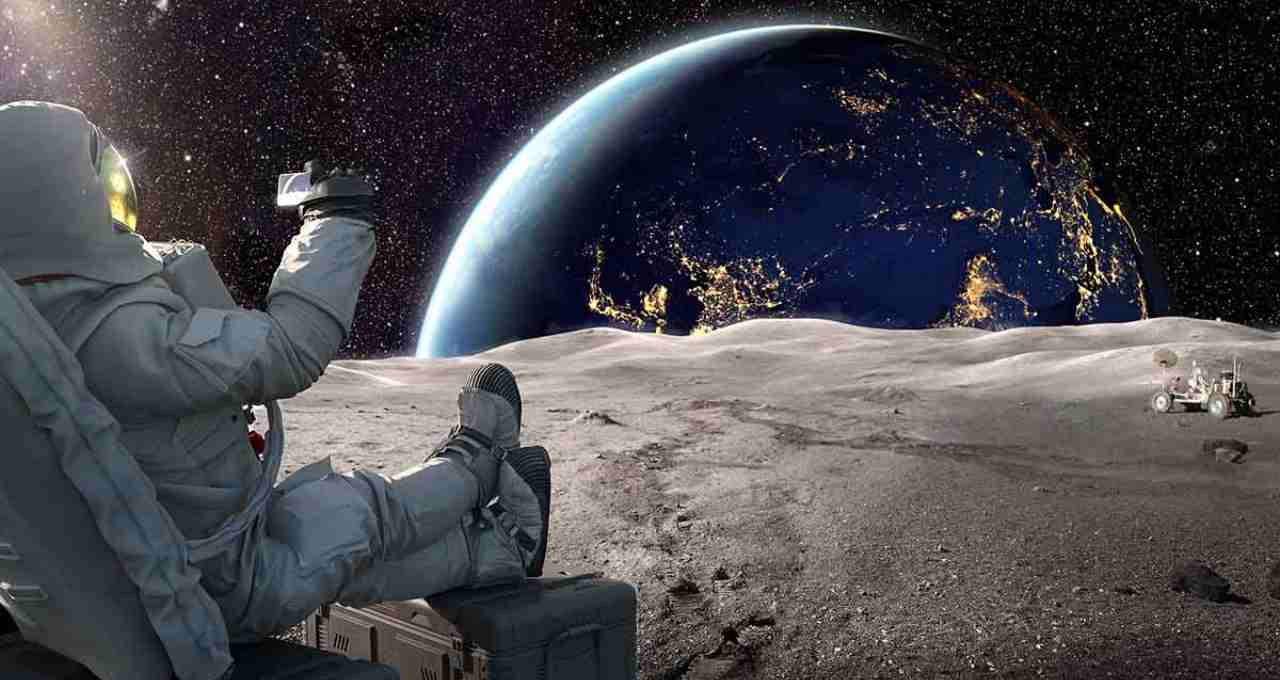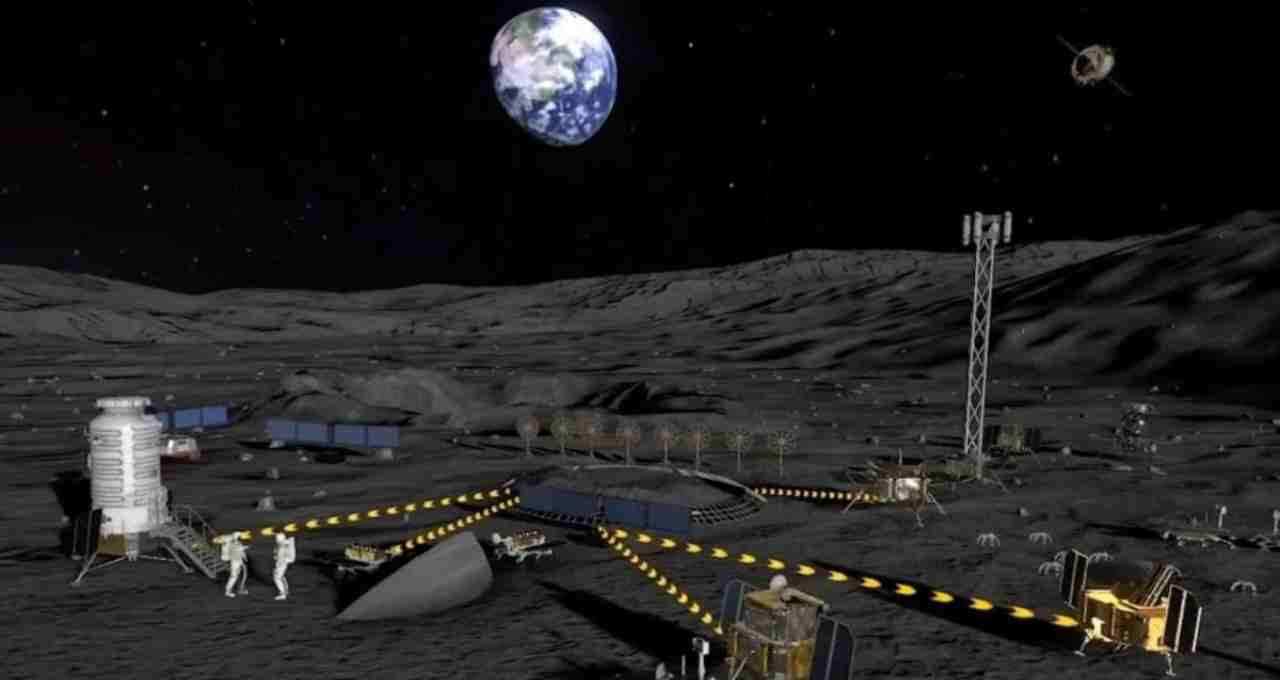China has successfully completed another crucial step in preparing for its lunar mission. China aims to send three astronauts to the moon by 2030.
China Space Plan: China has taken another major step towards a manned lunar mission by successfully completing a critical escape test of the return capsule of its advanced spacecraft, Mengzhou. In the test conducted on June 17, China demonstrated that its dream of sending astronauts to the moon by 2030 is not just a statement but is on the verge of becoming a reality, backed by solid preparations.
In Chinese, Mengzhou means "ship of dreams," and indeed, this spacecraft has become a great hope in realizing China's decades-old dream of sending humans to the moon. The zero-height escape flight test of this return capsule was extremely important because, in case of a mission failure in the initial moments of a rocket launch, this system helps to safely extract the astronauts.
It is noteworthy that this time, the escape system has been integrated within the spacecraft, whereas in the earlier Shenzhou missions, this task was performed by a system connected to the rocket. This has made Mengzhou more self-reliant and safer. The Fourth Academy of China Aerospace Science and Industry Corporation (CASIC) has developed this new technology, which uses a solid rocket motor (SRM) powered by solid fuel. With the help of this technology, the spacecraft can be quickly separated, and the astronauts can be kept safe.

Now, the Turn of Long March 10A in 2026
China's next major step is scheduled for 2026, when the Long March 10A rocket will be launched. This mission is considered the backbone of the Chinese manned lunar mission because it will be the final practice of the technologies that will be used in the actual lunar landing in 2030. According to the plan of China's space agency (CNSA), three Long March 10 rockets will be launched from 2027 to 2030 to repeat the checks of every aspect of the mission.
Finally, in the 2030 mission, three astronauts will reach the moon's orbit via the Mengzhou spacecraft, where they will dock with a lander and then land on the surface to make history.
The Picture of the Space Race is Changing Rapidly
Last year, in May 2023, China sent the Chang'e-6 unmanned mission and collected samples of soil and rocks near the South Pole of the Moon. That success gave China the confidence that the next goal would be to take humans to the moon. Countries like the United States, India, and Japan are also working on plans for manned lunar missions, but this step by China can give it a tremendous advantage in the space competition.
In particular, the indigenous sensors and the new design technology added to Mengzhou's escape system show that China no longer wants to depend on Western technologies but is preparing to land a human on the moon on the strength of its indigenous capabilities.

Preparing to Write New History in 2030
Around 2030, if China sticks to its program, the Mengzhou spacecraft will take three astronauts to the moon's orbit. From there, astronauts will land on the lunar surface through the lander, conduct experiments and explorations, and then return to Earth in the Mengzhou's return capsule. This mission by China will not only be a demonstration of its technical capabilities but will also once again present its growing power and ambition in the space sector to the whole world.















